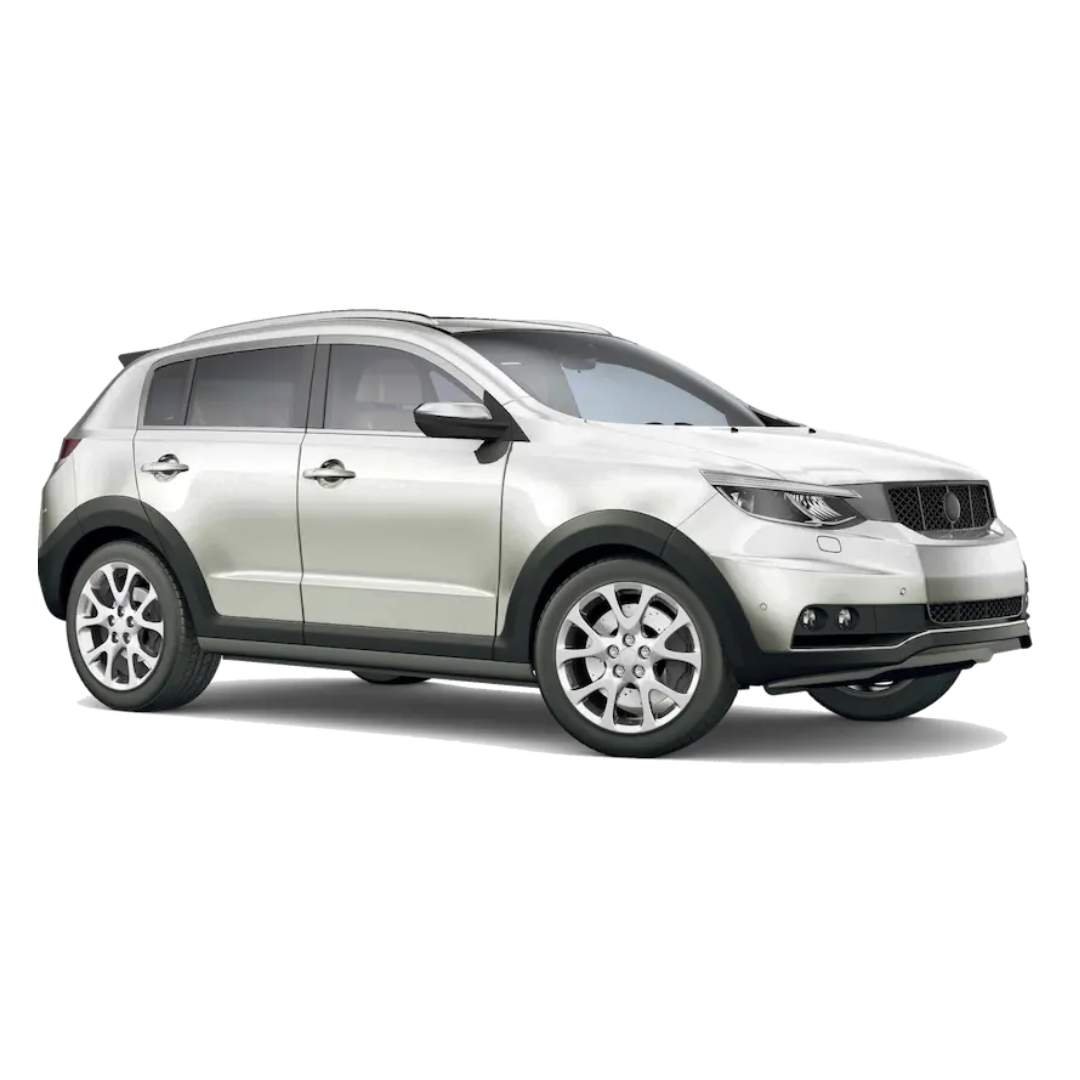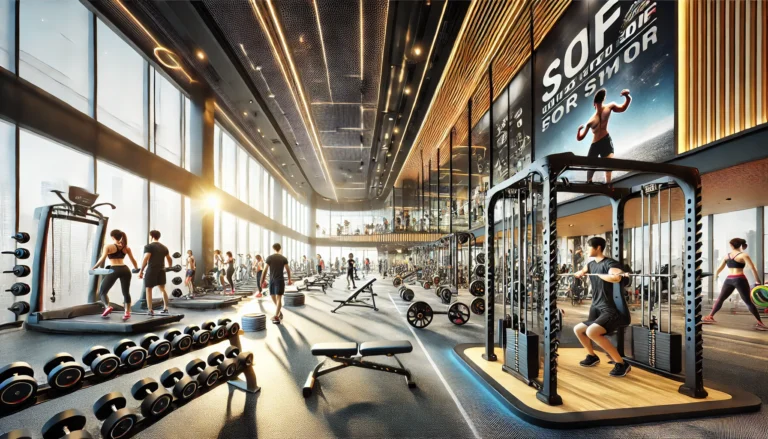
At higher prices than before. This has left buyers wondering why the used vehicle price surged at times to almost rival, sometimes surpass, that of a new car. We will discuss the dynamics of this trend and how it intends to make consumers better decision-makers in purchasing any car.
Supply and Demand Dynamics
One of the big reasons why car dealers sell used cars for higher rates is the simple law of supply and demand. Recently, these few years have simply seen a huge growth in demand for used cars by a number of factors:
- New Car Shortages: The global chain of supply was disrupted, especially during and after the pandemic, with a subsequent scarcity of new cars. The semiconductor chips were short in supply, which are the current essential constituents of an automobile, thus retarding the pace of the new vehicles in the market. Consequently, the demand for the used automobile increased as people look for alternatives.
- Economic Insecurity: With economic insecurity, most customers opt for buying used cars as cheaper than the new model. The high demand for used cars has seen the dealers sell used cars at a higher price.
- Preference Shift: There has been a boom in buying used cars due to the value they hold today. New cars can run for many years, and therefore it is an asset to have nearly new and slightly older models in the used car market. Consequently, such shifts in consumer preferences and behaviour have led to increased prices in the used car market.
Limited Supply of Quality Used Cars
Another factor that has led to increased prices is the supply of quality used cars. The factors that resulted in a low supply of used vehicles include:
- Complementary Demand Less Trade-In: Economic uncertainty is such that owners are holding into their vehicles beyond desired times instead of trading them in for new ones. The quality used cars weren’t available much, and the prices had to be higher.
- Leasing Trends: The rise of leasing along with direct purchases affects the supply. At the end of the lease, the vehicles usually reappear at the dealer, who then sells those vehicles as certified pre-owned. At least up to this point, though, the number of returns from the leases hasn’t been enough to counterbalance the rising demand for used vehicles and is one of the factors driving up their prices.
- Special Models in High Demand: Some used car models are in hot demand. There are those known for reliability and fuel efficiency. But whenever such models are less available, dealers can price them high due to the high demand.
The Cost of Reconditioning
In order to sell used cars, dealers first induct the reconditioning process so that the vehicle is in good condition. There are mechanical repairs and cosmetic touch-ups, as well as assuring safety standards. Generally, the cost of reconditioning is high and thus usually passed to the buyer by the dealer.
- Servicing It Mechanical: Either the used car needs to undergo mechanical work in order to become safe to drive as expected. This might include repairing of brakes and working out of the engine, or maybe anything else that is required to make the car run as smoothly as possible.
- Cosmetic touch-ups: The car is also cosmetically improved in terms of appeal and appearance to the buyer. Such could include car cleaning detail and interior repairs.
- Safety Standards: A very critical piece of the reconditioning process is to find a used vehicle that passes all safety standards. This may include changing used tires, repairing lights, updating the most recent security features, etc.
This reconditioning imparts value to the sell used car but at the same time inflate the selling price. Buyers should be warned that part of the premium paid in the used car reflects the investment made by the dealer to make the car roadworthy and attractive to potential buyers.
Dealer Profit Margins
Another reason car dealers sell used cars for higher prices is to preserve or enhance profit margins. Since profit margins in new cars are probably slight and there is always some degree of manufacturer control over the new car price, profit margins on used cars would depend only at the dealer level. Used cars allow the dealer the opportunity to set prices on considerations such as
- Market Conditions: The dealers closely monitor market conditions; their prices are inflationary relating to the demand from consumers, competition, and other copies of a similar model. Prices increase in places with high demand and scarce supply.
- Vehicle History: Cars with clean history reports, low mileage, and features attract better prices. Customers will pay more for a well-cared-for car with fewer risks.
- Over cost: Sunk Cost Overhead, even in the dealership, this encompasses the cost of employees and maintenance of the facilities and everything else before sell v used car. Dealers have to pay all these overheads while making money for every sale.
Economic Inflation and Rising Costs
Lastly, the process of inflation generally increases the cost in all sectors of the economy. As a result, most parts, labor, and transportation charges have increased which have consequently affected the prices of used cars. As a result, sales persons must add these new costs to the employed car price.
- Parts and Labor: The costs of parts and labor had risen, so the reconditioning and maintenance on used automobiles also increased; all these added expenses are passed on to the selling price.
- Transportation Costs: Transport expense to get automobiles from auctions, other dealers, or from other regions has also risen; these logistics, therefore, become a pass on to the buyer.
- General Inflation: As far as inflation that affects the general economy is concerned, such fluctuations are likely to influence the cost of even used cars. Dealers would, therefore, revise this cost accordingly based on their perceptions of what direction the economy will take.
For more blogs: Men Project
Conclusion
There are many reasons why car dealers sell used car at much higher prices than what they look to be. Some of the reasons include supply and demand dynamics, limited availability of quality of the used car, cost reconditioning, profit margins, and broader economic factors such as inflation. For buyers, it’s necessary to understand these factors just to navigate effectively in the used car market. And though the higher price may look daunting, knowing what you are getting into can prepare a better purchasing decision as well as lets you negotiate for deals more effectively with dealers.
So the bottom line here is that while the market could be really tough on the buyers, the best thing to do should be research, be patient, and consider your options before deciding to buy a used car. Understanding why used cars cost more will give you a clearer perspective when buying ansell ud more confidence over the entire process






